Disclosure: We may get commissions for purchases made through links in this post.
Polymeric and regular sand are the two most popular choices for filling paver joints. But which between the two is the best? We’ve researched about it to get an answer for you!
Polymeric sand hardens, locking the paver joints in place. On the other hand, regular sand doesn’t harden enough, compromising stability. Also, polymeric sand withstands heavy rain while regular sand might get washed out. That said, polymeric sand has an edge over regular sand.
To help you determine which of these materials suits you best, we'll break down their pros and cons. Also, we'll compare them in terms of stability, durability, and price, so read on to learn more!

What Is Polymeric Sand?
Polymeric sand or hardscape sand is a substance used to fill paver joints to prevent shifting. It is made of silica, quartz, and chemical binders.
Check out this product on Amazon.
What Is Regular Sand?
This type of sand has been washed and sifted to eliminate large particles and impurities. However, it may still contain rough edges. It is the alternative to polymeric sand.
Pros and Cons Of Polymeric Sand
See the advantages and disadvantages of polymeric sand below:
Pros
- Forestall erosion: it secures the paver in place during floods, thus preventing erosion.
- Stops the growth of weeds: it fills the crevices on the paver, it leaves no space for weeds to grow.
- Provides visual appeal: polymeric sand comes in different colors that improve curb appeal.
- Resistant to high traffic: despite high foot traffic, polymeric sand stays intact.
- Durable: it lasts up to 10 years, so no need for a frequent, costly replacement.
Cons
- Expensive: polymeric sand can cost up to $40 per 50 lb bag.
- Difficult to install: the application is complex and must be done correctly, otherwise; it will ruin the aesthetic of your paver.
- Leaves a polyhaze: even if you managed to get rid of the residue, polymeric sand still has the tendency to leave white dust on the surface.
Pros and Cons Of Regular Sand
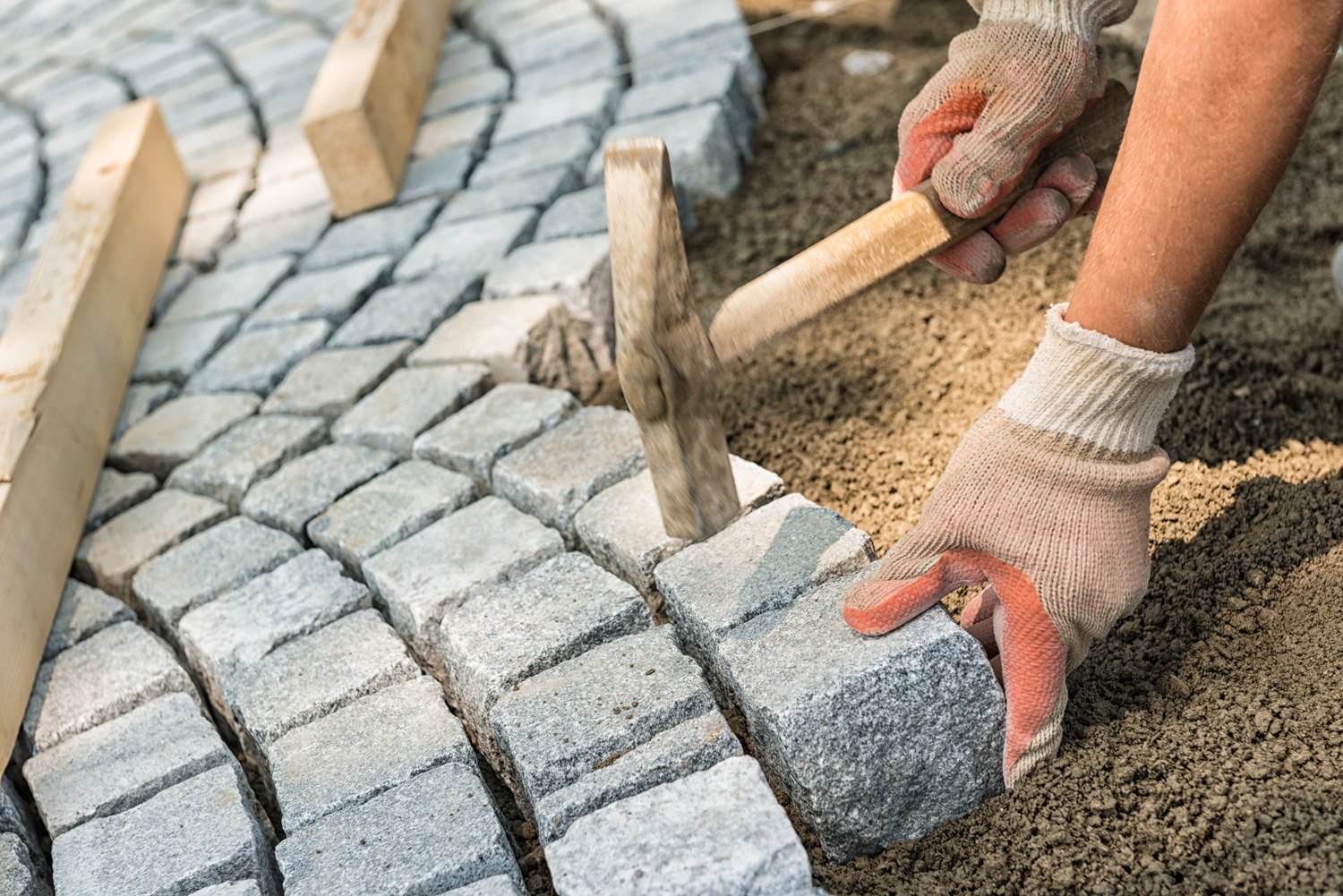
Here are the advantages and disadvantages of regular sand:
Pros
- Levels the paver evenly: regular sand is used more for leveling the cushion between the pavers than filing them.
- Easy to apply: unlike polymeric sand, regular sand is quick to install.
- Cheap: regular sand is much cheaper than polymeric sand; it costs about $4 per 50 lb bag.
- Easy to remove: when the time for reinstallation comes, you can wash them away with a pressure washer.
Cons
- Maintenance: it requires a touch-up after every two years.
- Less resistant to heavy rain: regular sand is prone to scattering and getting washed off during a storm.
- Trickles out of crevices: this makes your paver look sloppy and unattractive.
Showdown: Polymeric Sand Vs Regular Sand
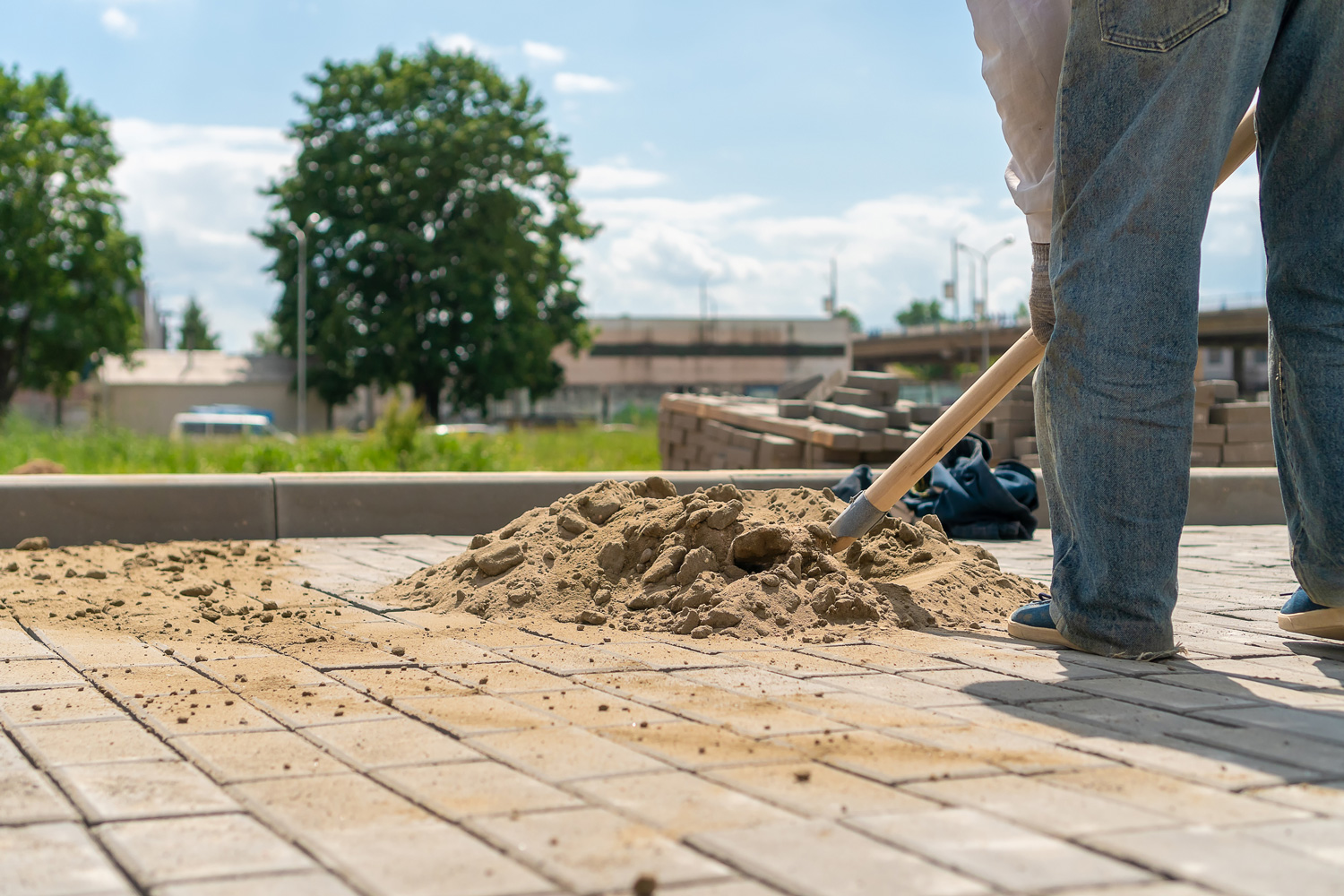
Let's see how the two compare in terms of the following:
Stability
Polymeric sand creates a strong bond on surfaces, providing greater stability. Regular sand might not adhere completely to the substrate.
Durability
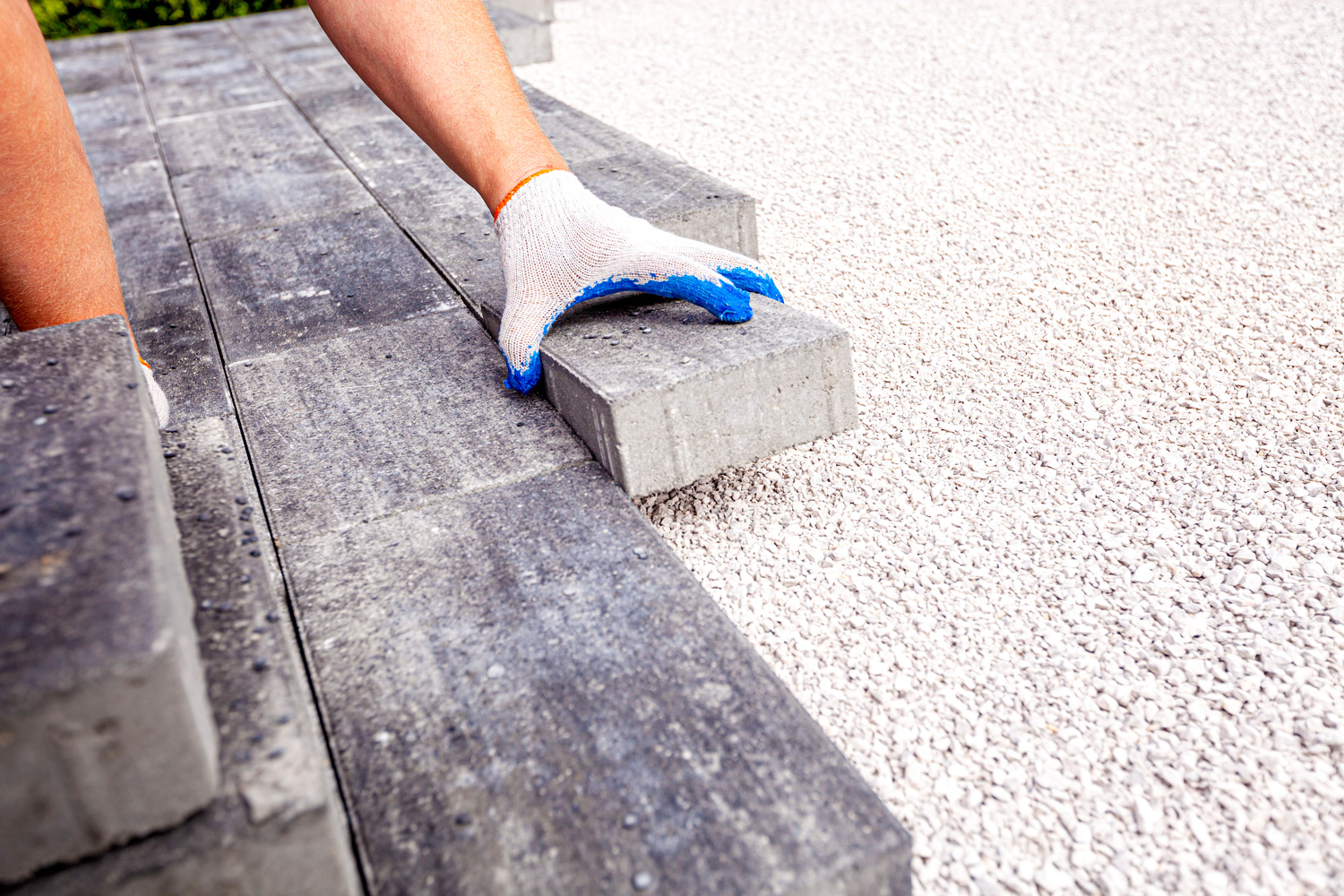
If applied and sealed correctly, polymeric sand can last 10 to 15 years. But that may still vary depending on its exposure to different factors that cause damage such as extreme temperature, foot traffic, and flood. On the other hand, regular sand might not last for over a decade.
Appearance
Both polymeric and regular sand types come in a variety of colors, but the former provides a tidier appearance due to the binding agents that keep them in place. The latter can be easily blown away, giving your paver a dusty look.
Weed Control
Unless it cracks, which is less likely to happen, weeds cannot grow through polymeric sand. Regular sand also deters the growth of weeds, but only for a short time.
Application
The installation of both materials is almost the same, it’s just that polymeric sand hardens more easily, so sweeping and removing residue on the surface is a must before they settle on the surface.
Price
As we’ve mentioned above, polymeric sand is more pricey than regular sand. However, that can offset the repair and maintenance.
How To Apply Polymeric Sand
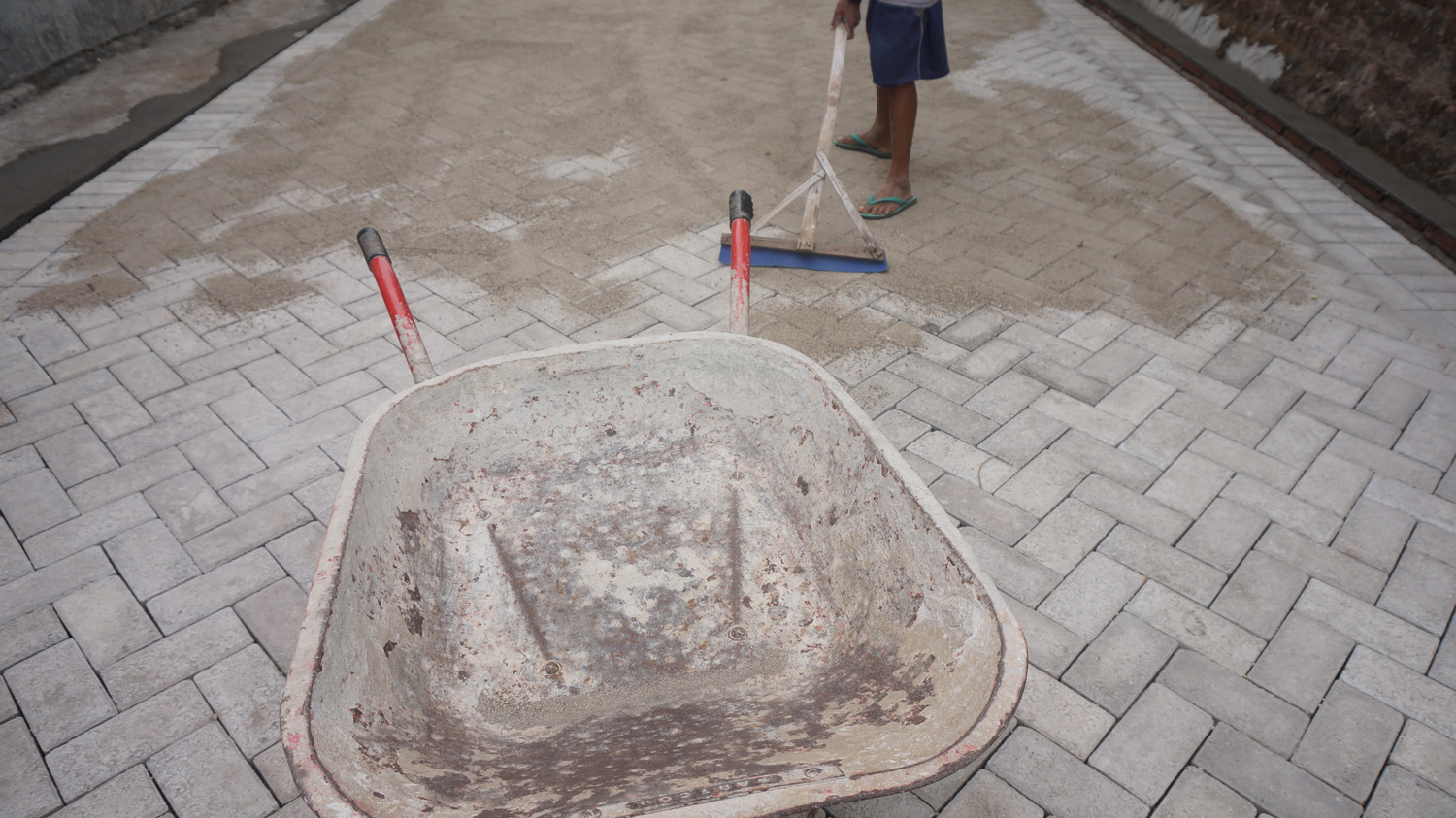
To apply polymeric sand, follow this step-by-step guide:
- Inspect the paver for moisture. Polymeric sand will not harden if moisture is present. Ensure that the surface is dry.
- Make sure that there’s no rain forecast. If there is, postpone the application. Otherwise, the sand will not cure.
- Prepare your tools including hard and soft-bristle brooms, a plate compactor, a hose, and a blower.
- Pour the sand over the surface and distribute them with a hard-bristle broom. Fill each paver joint evenly.
- Vibrate the compactor. The joints will be halfway filled as you push the sand further, refill with a broom, then compact the sand again.
- Sweep the residue using a soft-bristle broom, then blow them away with the blower.
- Water the sand with a hose. After the initial shower, just wait 3 to 4 minutes, then water it again. Once you see foam buildup on the paver, that’s when you stop.
- Allow the paver to cure and dry for 24 to 48 hours, then give it a final sweep with a soft-bristle broom to get rid of residue.
How to Apply Regular Sand
Follow the steps below to apply regular sand:
- Clean the paver first. Remove debris or grease that might interfere with the application.
- Pour the sand on the surface, and spread them with a hard-bristle broom. Fill the gaps.
- Shower the sand with a hose then allow it to dry completely.
- Repeat steps two and three. This ensures that paver joints are filled and packed.
- Sweep the residue using a soft-bristle broom.
- Allow the sand to cure for 24 hours before using the paver again.
Can You Top Polymeric Sand With Regular Sand?
When the time for resanding the paver comes, you can’t simply top the polymeric sand with regular sand. You have to take out the existing sand first, then wait for two days before applying new sand.
Does The Paver Have To Be Sealed After Applying Sand?
Sealant adds a second layer of protection to the paver, making it more resistant to damage. As a general rule, you have to seal the paver 90 days after applying paver sand. You have to reseal every two or three years, depending on the sealant brand and foot traffic.
Click here to see this sealer on Amazon.
How To Maintain Your Paver
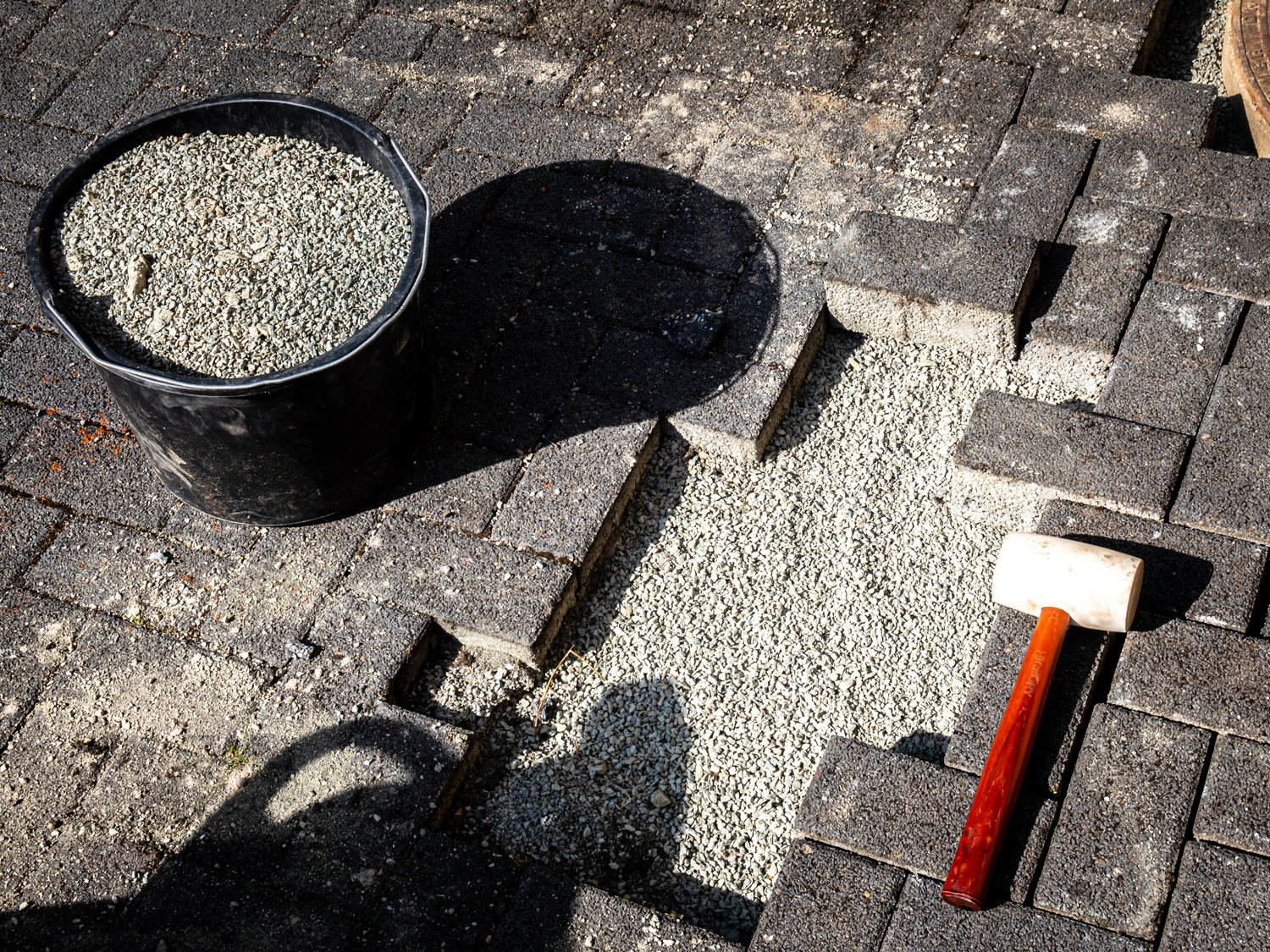
Proper maintenance of your pavers include:
Doing Periodic Cleaning
This keeps your paver tidy and also deter the growth of unwanted grass. Use a coarse-bristle broom to clear out weed seed carried by the wind.
Sealing
It's a must to seal your paver. But as we’ve mentioned early on, the paver needs to be resealed every two or three years to delay corrosion.
Removing Petroleum Spills
Gas and oil spills dissolve sealant. Before they do, wash them away with mild solutions.
Avoiding Power Washing
Power washing can damage sealants and the porous part of the paver. Use only a hose with a nozzle to blast away dirt and grease.
Conclusion
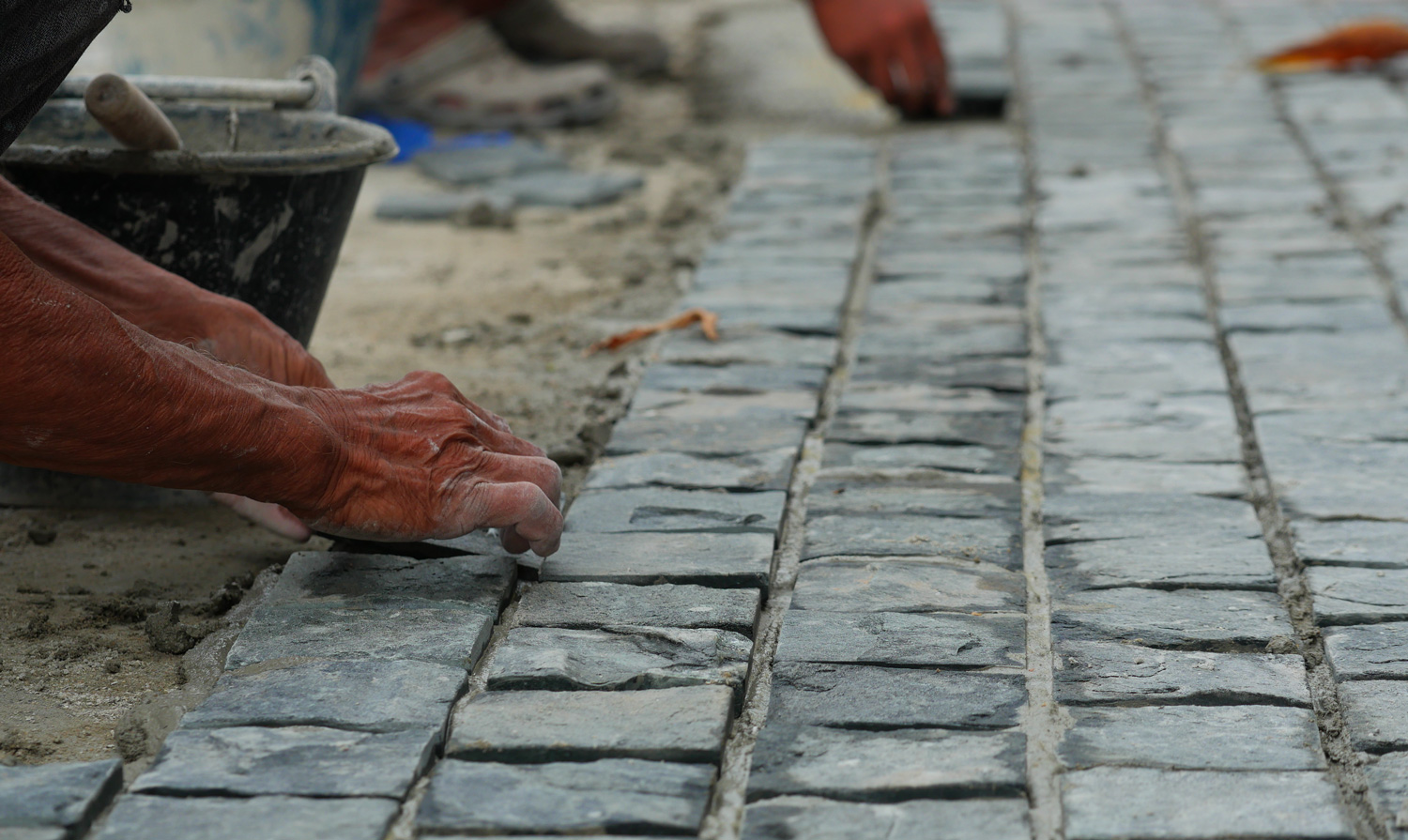
Polymeric sand outperforms regular sand in terms of stability, durability, and weed control. Regular sand is more appropriately used for leveling the paver.
Choose polymeric sand if you are looking for a superior material to lock your paver joints, or you want a tidy paver, you need sand that lasts for over a decade, and you want to deter weeds.
Choose regular sand if you wish to level your paver and are looking for a cheap solution to fill it, and you want paver sand that is easy to apply.
If you liked this post, you might also like:



![Vibrant Red Paver Stone Path, Can You Spray Paver Sealer? [How To Apply It]](https://pavingplatform.com/wp-content/uploads/2022/04/Vibrant-Red-Paver-Stone-Path-600x400.jpg)
![Properly laid out red pavers for a garden, Can You Tint Paver Sealer? [And How To]](https://pavingplatform.com/wp-content/uploads/2022/04/Properly-laid-out-red-pavers-for-a-garden-600x400.jpg)
